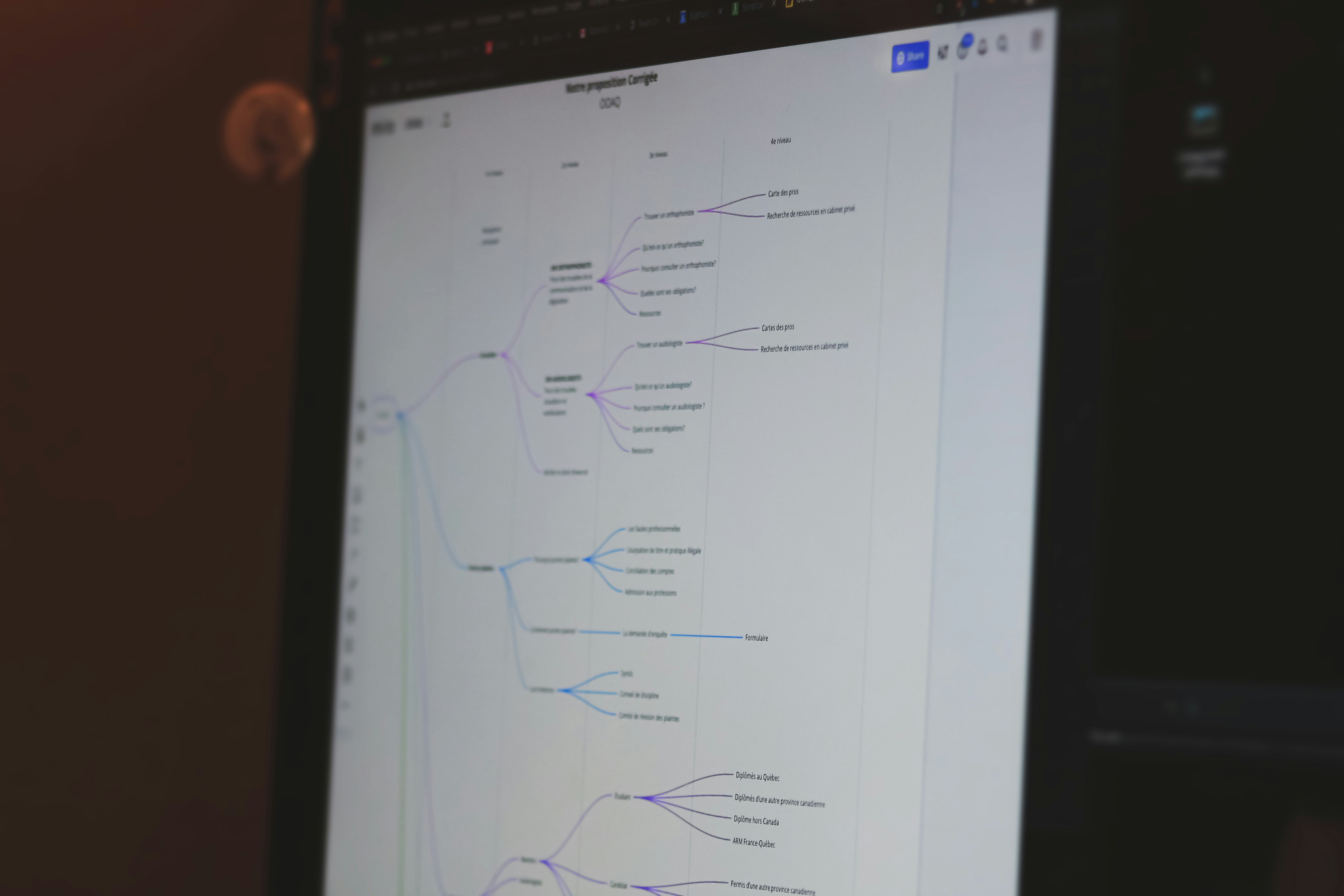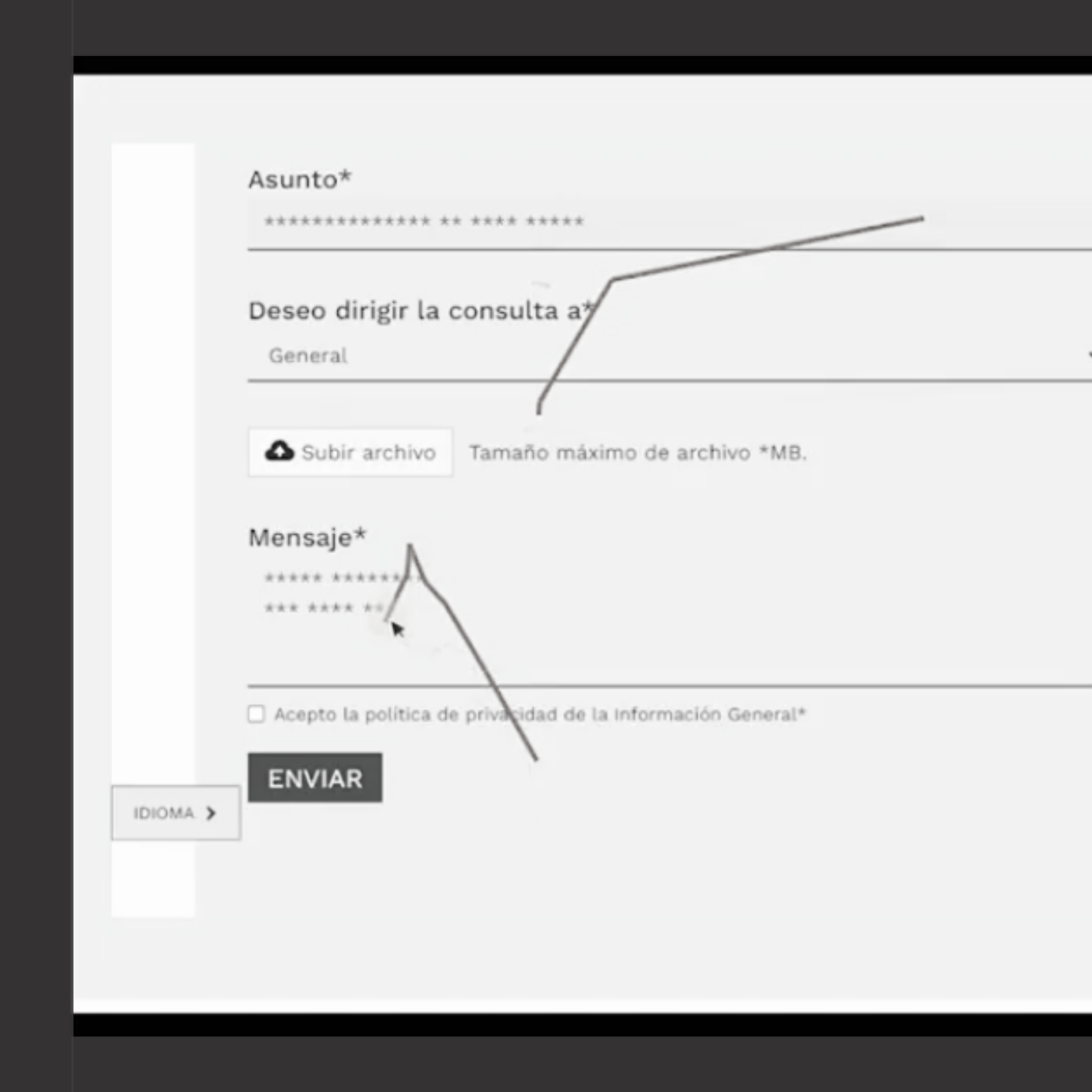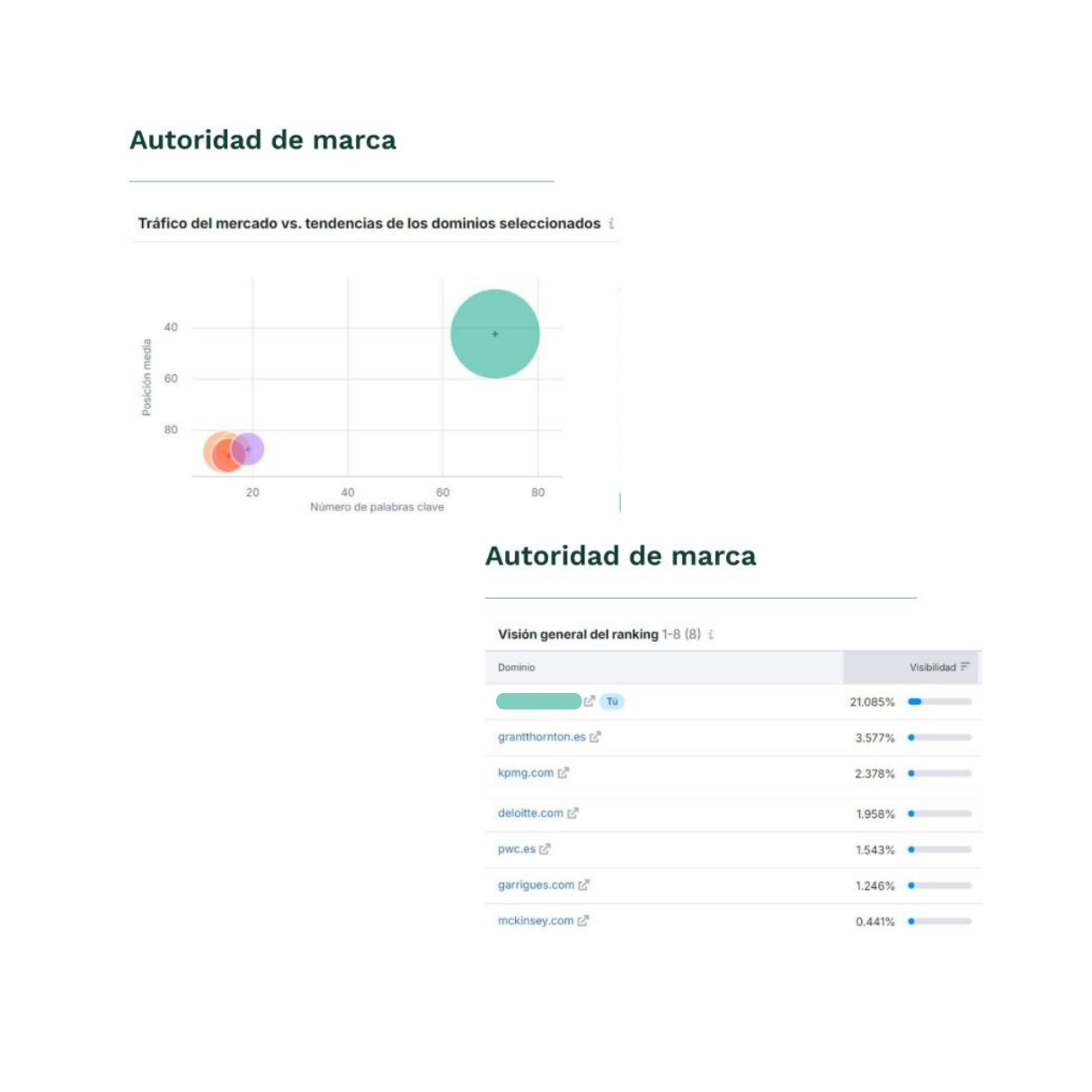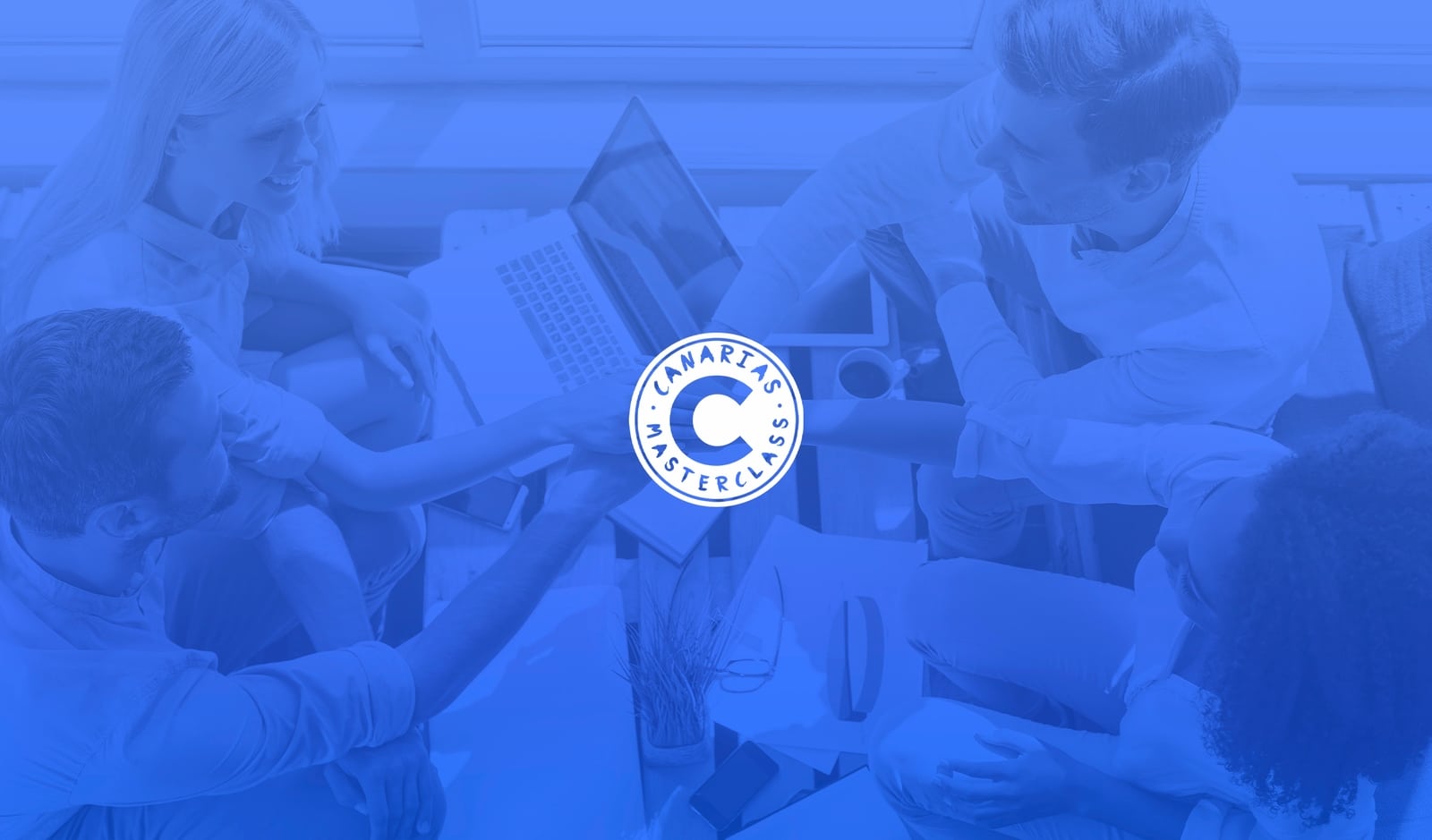* NOTA: Debido a la naturaleza del proyecto y la sensibilidad del sector, la identidad del cliente se mantiene en confidencialidad.
1. El Contexto
Generar confianza digital en un mercado dominado por el legado y la percepción
En un espacio dominado por las Big Four y por firmas con décadas de autoridad —donde la visibilidad digital suele equipararse con credibilidad percibida—, una consultora boutique especializada en Finanzas Corporativas, Legal & Fiscal y Gestión Interina quiso reforzar su posicionamiento en canales digitales.
Su reputación offline era impecable, construida a partir de experiencia profunda, implicación directa de perfiles senior y relaciones cercanas con clientes basadas en la confianza.
Pero ¿esa misma percepción se traducía con la misma fuerza en el entorno digital?
Comenzamos analizando el panorama competitivo online para entender cuál era su posicionamiento real y dónde existían oportunidades tangibles. ¿Dónde podíamos posicionarla digitalmente? ¿Era posible reflejar su autoridad real también en el espacio digital?
El cliente tenía una solidez y una integridad que, si se representaban correctamente, sabíamos que resonarían.
Nuestra aproximación fue simple: escuchar, aprender, iterar —una y otra vez— hasta que la expresión digital reflejara la excelencia real de la firma.


2. El Reto
¿Cuál era el verdadero contexto para activar nuestros servicios?
¿Podíamos competir de forma realista —en el terreno digital— con firmas como Garrigues, Deloitte o PwC, respaldadas por décadas de presencia, contenido masivo y autoridad de dominio?
Para descubrir oportunidades reales, necesitábamos entender a fondo:
– ¿Dónde están los decisores mental y emocionalmente cuando surge la necesidad?
– ¿Qué señales, plataformas o lenguaje les generan confianza a la hora de elegir?
– ¿Cómo interpretan la credibilidad y la especialización en contextos de alto riesgo?
– ¿Qué patrones de duda, fricción o confianza condicionan su proceso de búsqueda y evaluación?
¿Cómo se siente estar en los zapatos de un CEO en un momento de decisión crítica?
¿Qué filtros emocionales, cognitivos o relacionales aceleran o ralentizan la acción?
Y, sobre todo: ¿Qué tipo de experiencia, mensaje o estructura les permitiría reconocer el valor real y construir confianza —más allá del SEO o las apariencias?
3. Boceto de una Estrategia
Las decisiones de contratación en este sector rara vez siguen una línea directa.
Suelen empezar con búsquedas informales, procesos silenciosos de evaluación y filtros emocionales.
En este contexto, Google no es solo un buscador: actúa como un proxy de confianza.
Por eso anclamos nuestra estrategia en el comportamiento del usuario desde el primer momento.
En lugar de competir por escala o visibilidad, nos centramos en lo que realmente importa a nuestra audiencia: claridad, credibilidad y confianza al elegir una firma boutique.
Los patrones conductuales revelaron una oportunidad: ciertos temas clave, aunque de alto riesgo, estaban poco cubiertos, a pesar de activar búsquedas muy precisas y emocionalmente cargadas.
Eran momentos en los que el decisor sentía presión por encontrar a alguien de confianza, sin visibilizar aún su necesidad.
Construimos la estrategia alrededor de esos momentos.
No se trataba de tener una presencia genérica, sino de diseñar una narrativa precisa y humana —hablando directamente de los riesgos, las dudas y las motivaciones que impulsan la búsqueda.
.jpg)

4. Aterrizando la Estrategia
Mapear el comportamiento de decisión para dar forma a la relevancia digital
Para entender realmente cómo y por qué los decisores senior eligen una firma como esta —especialmente en contextos donde la confianza y la discreción no son negociables— combinamos múltiples capas de investigación: entrevistas internas, analítica conductual (Google Analytics + Hotjar), desk research y análisis competitivo.
No buscábamos solo keywords, buscábamos lógica de decisión.
Rastreábamos no solo qué buscaban, sino cómo, cuándo y por qué. ¿Qué emociones surgían? ¿Qué barreras encontraban? ¿Qué expectativas marcaban su camino?
Este proceso nos permitió trazar el recorrido real: una mezcla de análisis racional y validación emocional, donde señales sutiles —estructura de la página, bios de los consultores, tono del lenguaje— tenían un peso desproporcionado a la hora de construir o destruir confianza.
Una estrategia guiada por el comportamiento, no por el volumen
En lugar de perseguir visibilidad con palabras clave de alto volumen, priorizamos la precisión:
- Términos que reflejaban momentos de alta carga cognitiva y riesgo emocional
- Búsquedas alineadas con su lenguaje real y con intención clara
- Vacíos en el mercado donde la claridad de una firma boutique podía destacar frente al ruido corporativo
Transformar la experiencia en herramientas de claridad
La firma ya tenía la sustancia: experiencia profunda, contenido valioso, casos reales.
Nuestro trabajo fue traducir eso en una experiencia que respondiera a inquietudes no formuladas:
¿Qué me ofrece realmente esta firma? ¿Puedo confiarles este tipo de operación? ¿Entenderán la complejidad de mi contexto?
Replanteamos el sitio como un espacio consultivo, estructurado en torno a señales de credibilidad, lógica de decisión e intención conductual.
Cada sección pasó a ser una señal de relevancia y confianza.
Visibilizar lo que realmente los diferenciaba
Lo que diferenciaba a esta firma no era el volumen ni la visibilidad: era la intimidad de sus procesos, la profundidad de su apoyo y la implicación directa de sus perfiles senior.
Nos aseguramos de que estos diferenciadores no solo se mencionaran, sino que se sintieran —a través de un lenguaje claro, una estructura por capas y validación conductual en cada paso.
5. La Lógica de una Ejecución Iterativa
Cuando las decisiones se encuentran con el comportamiento: un enfoque modular y basado en evidencia
Cada servicio estratégico —como Corporate Finance o Interim Management— fue tratado como una unidad independiente para explorar y refinar.
No empezamos redactando. Empezamos formulando hipótesis:
¿Qué necesita validar el usuario aquí? ¿Qué busca confirmar? ¿Qué despierta confianza o genera fricción?
Cada página fue una oportunidad para observar, ajustar y afinar —no desde una plantilla, sino desde una estructura, tono y foco alineados con el tipo de decisión que el usuario estaba procesando.
Iteración guiada por comportamiento: ciclos continuos de observación y respuesta
En lugar de asumir lo que importaba, lo observamos:
– Qué secciones recibían mayor atención (por ejemplo, bios de asesores)
– Dónde el usuario se detenía —o abandonaba
– Qué patrones del recorrido mostraban fricción, duda o desconcierto
Estas señales marcaron nuestros siguientes pasos:
Añadimos ejemplos sectoriales cuando los patrones divergían (como diferencias entre roles interinos en industria vs. tecnología).
Reestructuramos flujos de contenido basados en profundidad de scroll, heatmaps y lógica de interacción —no en suposiciones.
Cada ajuste se basó en comportamiento real y en tiempo real: Hotjar, GA, CTR y dinámicas del journey.
El proceso se convirtió en un sistema vivo, donde cada refinamiento reflejaba no solo lo que hacían, sino cómo pensaban, dudaban y decidían.
El resultado: una experiencia digital afinada a la lógica de decisión —no a convenciones de marketing.

Impact
Una estrategia de contenidos guiada por comportamiento nos llevó a +20 posiciones #1 en búsquedas de alto impacto
Incluyendo términos genéricos de alto valor transaccional como ‘consultora m&a’ y múltiples variaciones geolocalizadas de servicios clave.Diseñando cada página para responder directamente a las necesidades emocionales e informativas tras esas búsquedas, nos alineamos con la forma en que los decisores interpretan confianza y relevancia —alcanzando el top de Google gracias a la claridad UX, no al volumen de palabras clave.
21% de visibilidad orgánica en términos estratégicos — superando a firmas de primer nivel
A través de investigación iterativa y refinamiento continuo, la firma superó a competidores como Deloitte, KPMG y Garrigues en un conjunto específico de búsquedas de alto impacto —donde todas ellas tenían menos del 3% de visibilidad.Pasar de un mensaje genérico a contenido ajustado con precisión y basado en comportamiento permitió a la consultora boutique ser descubierta en los momentos decisivos para su audiencia ideal. (Ver imagen del apartado 6).
El insight conductual se tradujo en engagement real —y conversión internacional
El tráfico orgánico representó el 63% del total, con un 40% de nuevos usuarios y más del 60% de interacción significativa.Al refinar continuamente la UX y el mensaje con base en Hotjar, Google Analytics y bucles de feedback reales, construimos un recorrido alineado con cómo piensan, evalúan y deciden los ejecutivos —demostrando que la UX Research puede influir directamente en la calidad de leads en entornos B2B complejos.(Ver imagen del apartado 5).

6. Dos recordatorios de UX Research que me acompañan
Google es experiencia de usuario
En el fondo, Google es un motor de relevancia —uno que prioriza no solo palabras clave, sino cómo se alinean con necesidades reales, intención y señales conductuales. Desde una mirada de UX Research, esto convierte al SEO en una herramienta diagnóstica: permite descubrir cómo piensan las personas, qué temen y cómo formulan sus problemas cuando nadie las observa.
El comportamiento es la señal más clara
Herramientas como Hotjar, Google Analytics o scroll maps no son solo métricas de rendimiento —son ventanas a modelos mentales, puntos de fricción emocional y disparadores de confianza. Iterar en función de estos comportamientos nos permitió reducir la incertidumbre, adaptarnos en tiempo real a la lógica de decisión y construir una experiencia digital coherente y creíble para quienes más importaban.


An Outstanding Team
I approached this project as part of a team I shared nearly four years of my life with.









